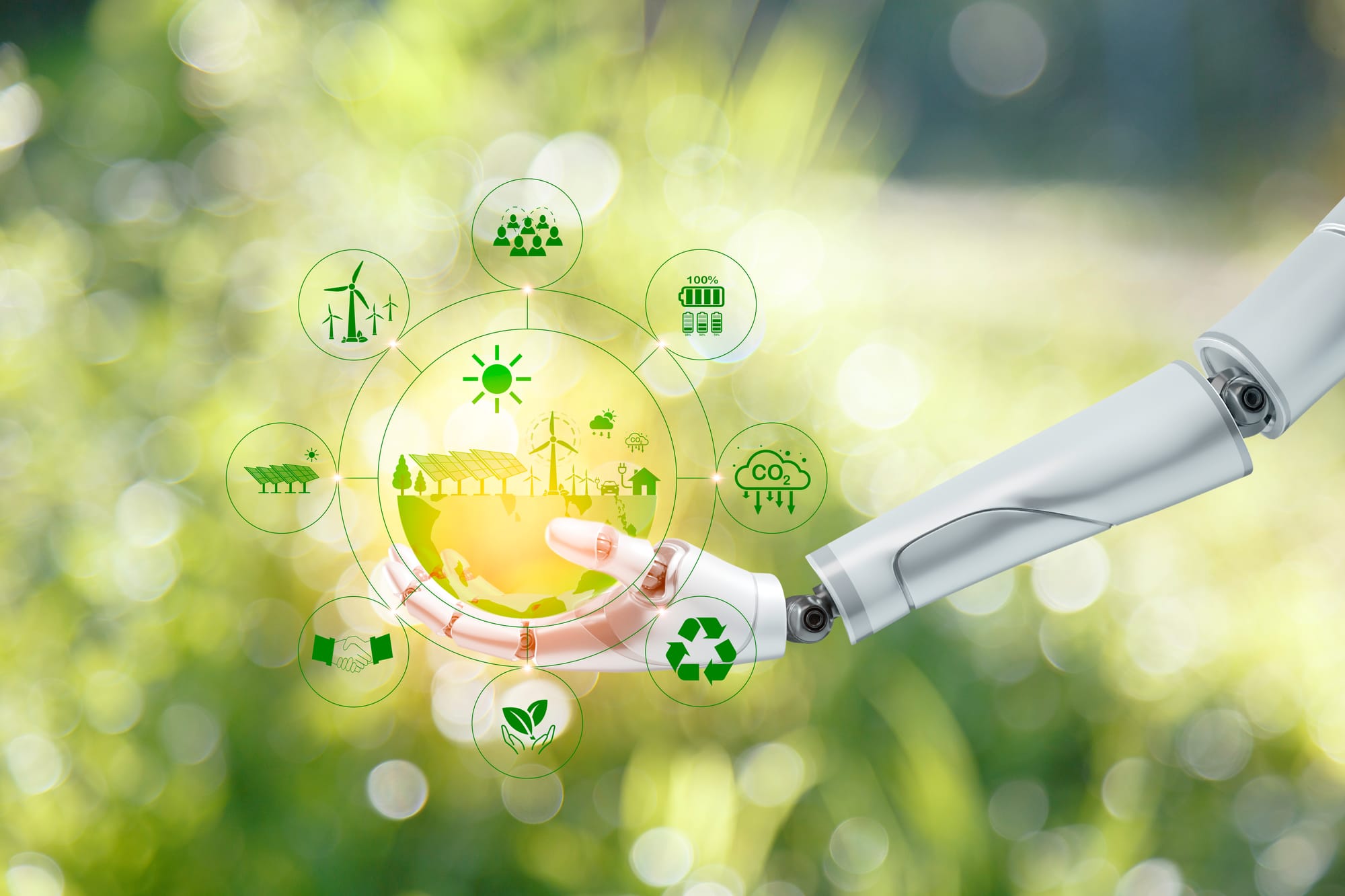AI Innovations Revolutionizing Sustainable Development

The advancement of artificial intelligence (AI) has opened new avenues for tackling some of the world’s most pressing problems, including issues surrounding sustainable development. AI innovations are steering significant progress in optimizing resource use, enhancing energy efficiency, and advancing environmental protection. This article delves into how AI technologies are revolutionizing sustainable development through various strategies and applications.
Step 1: Optimizing Resource Management
AI systems are now critical tools in managing natural resources such as water, forests, and energy, which are fundamental components of sustainable development. Through the use of AI, precise monitoring, and predictive analytics, resources can be managed more efficiently.
- Data Collection: AI technologies facilitate comprehensive data gathering from multiple sources, including satellites and sensors, which monitor resources in real-time.
- Data Analysis: Machine learning algorithms analyze this data to identify patterns and trends. For example, AI can predict water usage in a city and optimize its distribution, thereby reducing waste.
- Implementation: Based on the insights gained, AI-driven systems can automate resource allocation decisions to maximize efficiency while ensuring sustainability.
Step 2: Enhancing Energy Efficiency
AI is instrumental in increasing energy efficiency across various sectors, from residential buildings to industrial manufacturing. Smart grids, smart meters, and intelligent energy management systems are all products of AI, designed to reduce energy consumption and carbon footprints.
- Smart Grids: AI enhances grid operation and energy distribution, integrating renewable energy sources seamlessly and managing the energy load more effectively.
- Energy Monitoring: AI tools in smart meters provide real-time data to consumers and suppliers, allowing for better energy management and conservation strategies.
- Predictive Maintenance: Using AI to predict when equipment needs maintenance can prevent inefficiencies and reduce energy waste.
Step 3: Advancing Environmental Protection
AI assists in the protection of the environment by enabling more comprehensive monitoring of ecosystems, predicting environmental changes, and facilitating more informed decision-making for conservation efforts.
- Ecosystem Monitoring: AI-driven drones and satellites offer high-resolution images that help monitor changes in ecosystems, track wildlife, and detect illegal activities like poaching and deforestation.
- Pollution Control: AI algorithms can forecast pollution levels and suggest proactive measures to prevent critical situations. This capability is especially valuable in urban areas where industrial emissions are a concern.
- Climate Modeling: AI enhances the accuracy of climate models, improving predictions about global warming and informing climate action strategies.
Step 4: Promoting Sustainable Agriculture
AI is transforming the agricultural sector by making farming more sustainable. This not only helps in food production but also in the management of water usage and reduction of chemical inputs like fertilizers and pesticides.
- Precision Farming: AI technologies enable farmers to understand soil conditions, plant health, and weather patterns, allowing them to cultivate crops more efficiently.
- Resource Optimization: By analyzing data collected from their fields, farmers can apply the exact amount of water and chemicals needed, minimizing environmental impact and input costs.
- Robotic Harvesters: AI-powered robots can perform tasks like harvesting crops at the peak of their yield, reducing waste and increasing efficiency.
Step 5: Facilitating Sustainable Urban Development
As urban areas continue to grow, AI is crucial in making cities smarter and more sustainable. AI applications in urban development cover transportation, waste management, and energy systems, contributing to reduced carbon emissions and enhanced quality of urban life.
- Smart Transportation Systems: AI optimizes traffic flow, reduces traffic congestion, and supports the integration of electric vehicles into public transport networks.
- Waste Management: AI can predict waste generation patterns and enhance the logistics of waste collection and recycling processes, ensuring more effective waste management.
- Building Energy Management: AI-driven systems help in monitoring and controlling the energy and water usage in buildings, making urban centers more energy-efficient and less wasteful.
Conclusion:
In summary, AI innovations hold the promise of significantly advancing sustainable development by making systems more efficient, reducing waste, and protecting the environment. These technologies offer scalable solutions that can be adapted across different sectors to meet the urgent demands of growing populations and the need for sustainable practices. By continuing to invest in AI and integrate these tools into different facets of development, the potential for positive impact on our planet is vast and compelling.